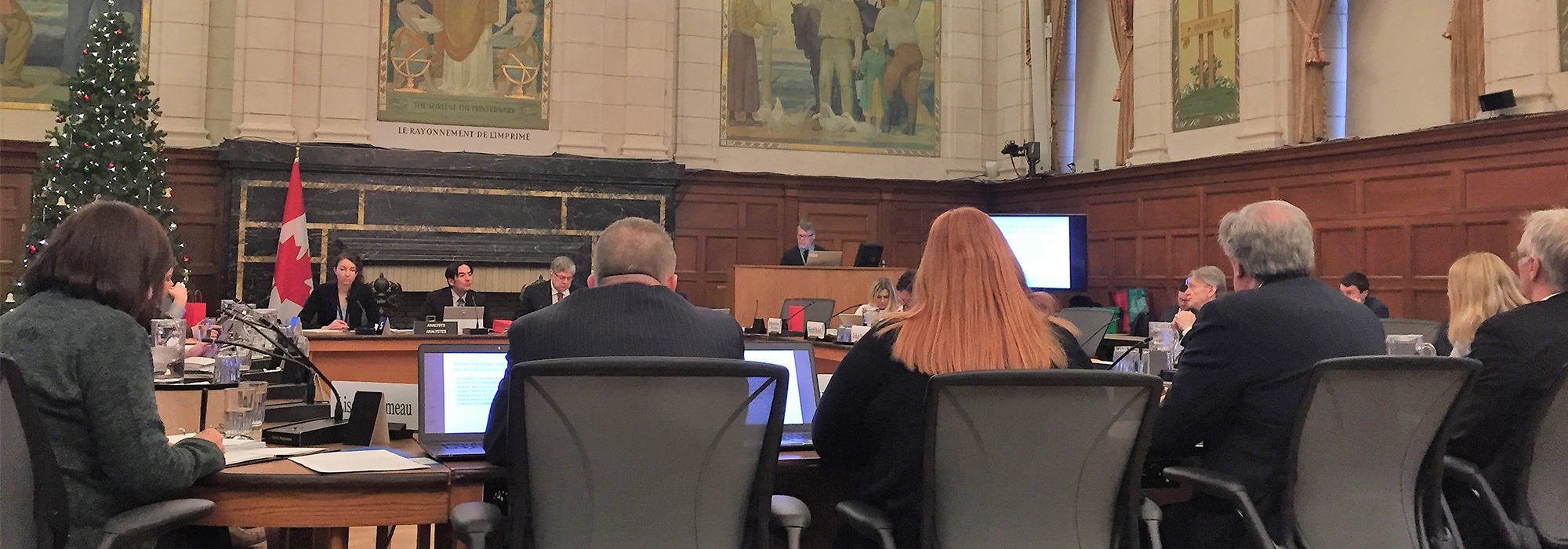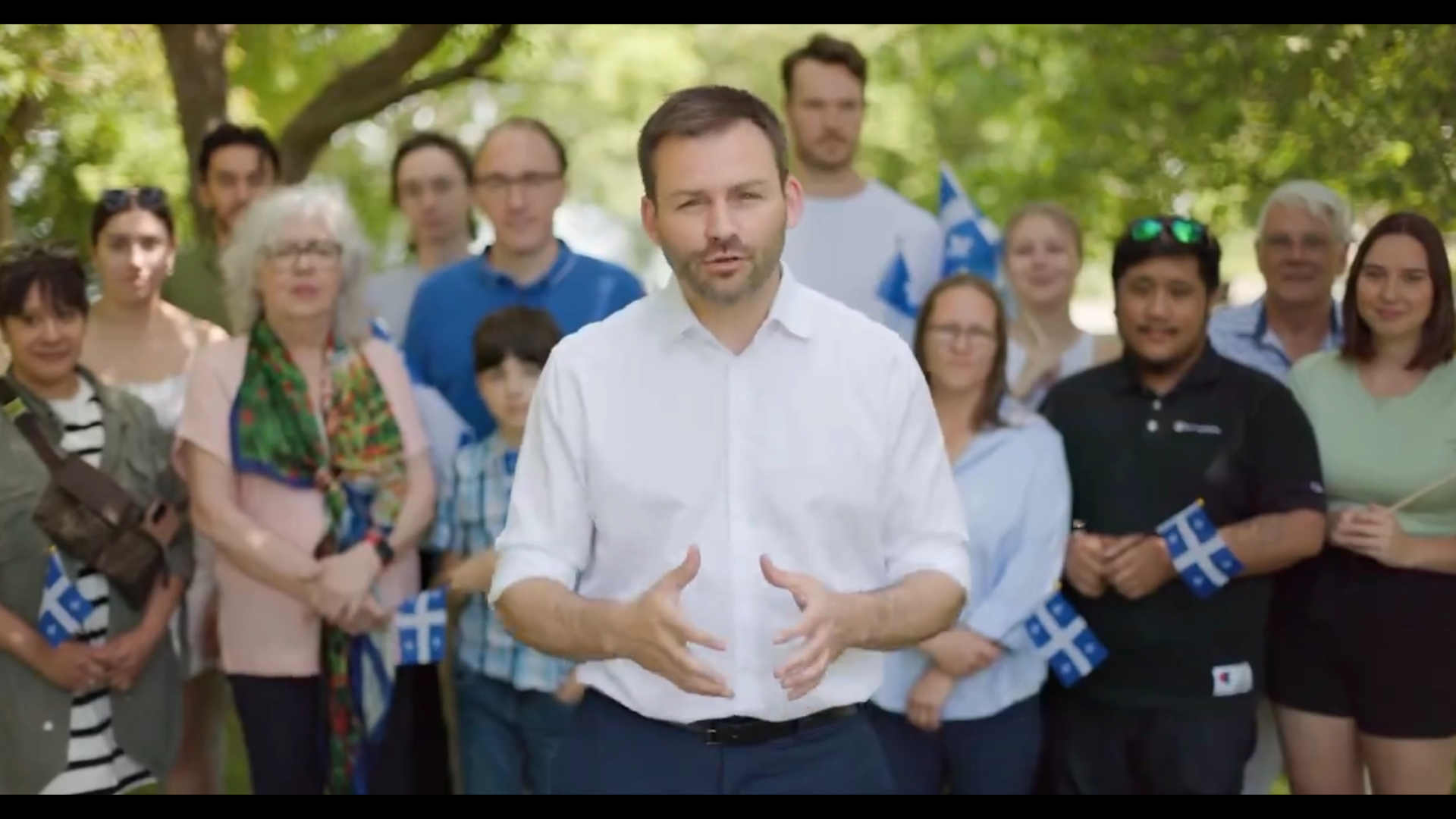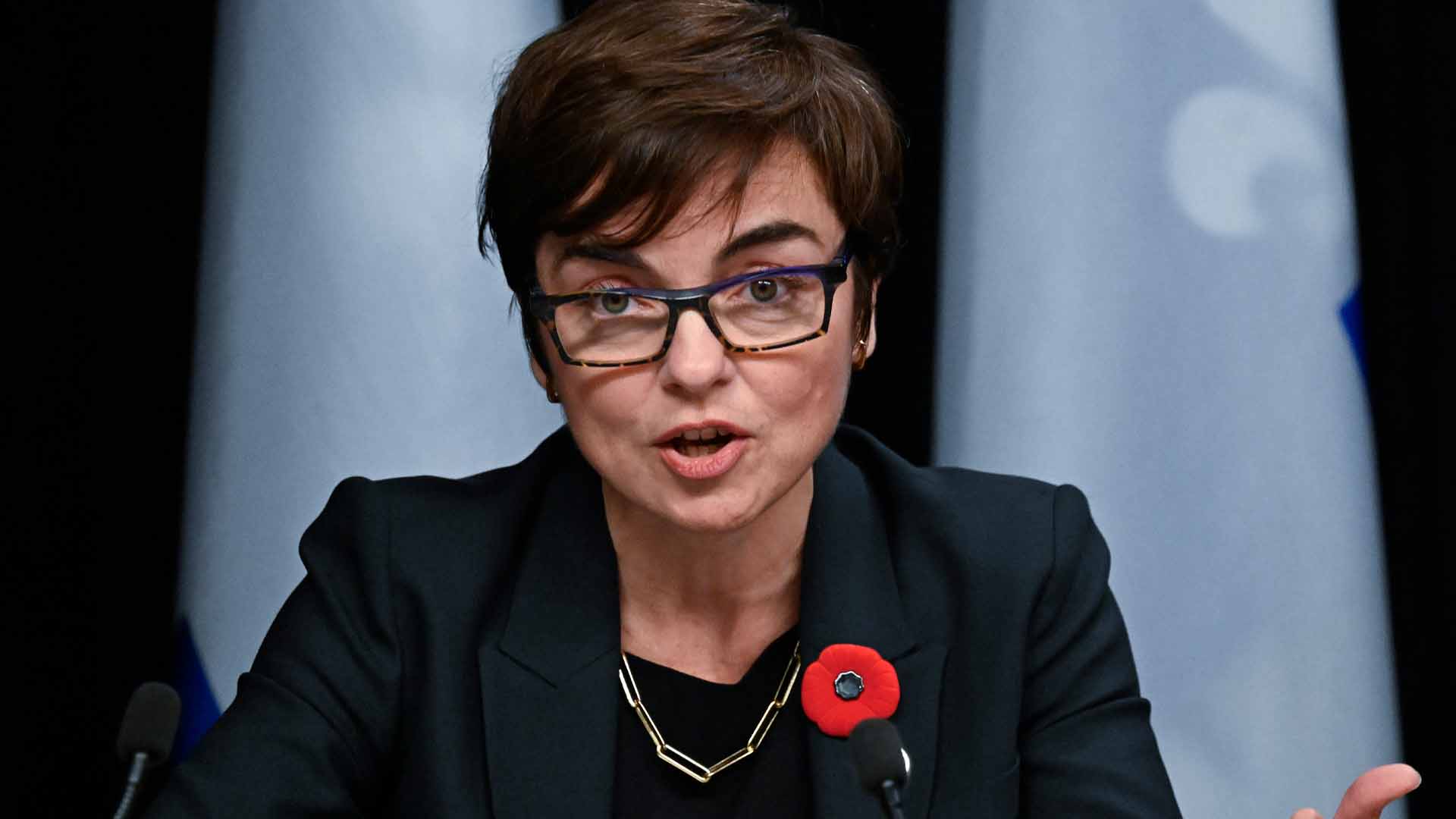
There are lot of 11th-hour trips up the Peace Tower on Parliament Hill this month, a lot of group photos being taken in the halls and one-last-meals among colleagues in the fifth-floor restaurant of Centre Block. (I am one of those furiously snapping photos in all my favourite spots). The gravity of seeing the nearly century-old building close for at least a decade of rehabilitation is sinking in, and parliamentarians are justifiably leery of what changes will come when the tarps and scaffolding go up around their beloved workplace.
Members of the Commons Procedure and House Affairs Committee this week decided to step in and act as the interim watchdog for the Centre Block rehabilitation project.
This is a good thing.
Parliamentarians are about to decamp to the adjacent West Block, and they are right to demand more engagement and transparency around the plans that will impact this hub of Canadian democracy.
Representatives from Public Services and Procurement Canada, the House of Commons, and the architecture consortium Centrus, who are all part of an integrated project office dealing with the reno, explained to the committee this week how the rehabilitation project will unfold. MPs seemed surprised to discover that there are no plans yet for how the space inside Centre Block will be designed and used when the building reopens in …. well, the date is hazy, but somewhere around 13 years. As I wrote last month, there has been little public scrutiny around the project beyond its colossal pricetag (which is also hazy).
“When you renovate, when you design a house, you know ahead of time what’s going to be done. The architectural plans are done, the blueprints are done,” Liberal MP Linda Lapointe said to the project reps. “But that’s not what I’m hearing from you.”
The project officials explained to the committee that there is still a lot they don’t know about the Centre Block, which was built after a fire in 1916 destroyed the original neo-Gothic building. The new building was innovative for its time with its steel construction and its masonry supports. Blueprints are available, but there was considerable on-the-fly improvising that wasn’t all recorded. High-quality photos of the work a century ago will help the 21st-century architects piece together exactly what went into the construction in those years between 1916 and 1920, with the Peace Tower completed later.
The short story is that a lot of sleuthing needs to happen before the project team understands the full scale of the project, and that includes the budget and timelines.
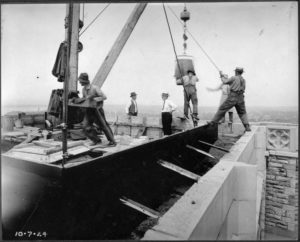
Still, this doesn’t explain why there has been little formal consultation with Members of Parliament and Senators about the future of Centre Block, and none with the members of the public since planning for the overall Parliament Hill project began in 2001. In the new “vision statement and narrative” presented to the committee by the project team, there is no reference to the public or citizens, only to “enhancing the visitor experience.”
Liberal MP David Graham noted that even something as minor as installing a traffic light at an intersection can require public input at the municipal level.
“We wouldn’t dare do that to city hall without asking Hamiltonians what they think,” NDP MP David Christopherson said of citizens in his Ontario hometown, where he was once a city councillor.
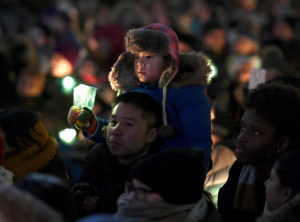
The challenges of not properly consulting the users of a space are becoming apparent now that MPs are in the process of moving into the West Block, and Senators into the Government Conference Centre, the former central rail station located in the downtown core. There have been complaints about functionality of spaces – perhaps chief among them the open areas around the new Commons chamber, which could potentially cause distracting socializing and noise during proceedings.
Susan Kulba, the senior director and executive architect at the House of Commons’ permanent Real Property Directorate, acknowledged during the committee meeting that the folks doing the planning around the West Block rehabilitation program consulted only at what she called “a high level” through the Commons’ Board of Internal Economy, the governing body composed of MPs that deals with financial and administrative matters.
“We’ve learned that’s probably not the best way to go, and that’s why we’re engaging here with you,” Kulba told MPs at the committee.
Still, the mechanics of how the MPs, Senators, press gallery, administrative and security staff will be consulted are unclear. A plan for a new governance model for the massive project is underway, but committee members pointed out that they have not been asked for their input on designing the model.
Whatever the form, it seems it will be a far cry from the arm’s length, independent oversight bodies created by the British government to oversee the rehabilitation of the Palace of Westminster. Those bodies were created through legislation. With that type of structure, changes of government or Speaker are unlikely to throw off a project from its core values and objectives.
An unanswered question is why an extensive, methodical and well-documented series of interviews was not undertaken while the denizens of Centre Block were still in place – to understand how and why they use their spaces, and what is important to them. This is particularly important for grasping the very unique type of work that occurs on Parliament Hill, which cannot be compared easily to what people do in office buildings or even other public institutions.
There are spaces for visiting dignitaries and royalties; areas where the media roam and conduct spontaneous interviews; rooms dedicated only to parliamentarians and their staff; and sites of deep poignancy such as the Memorial Chamber, which displays books honouring the names of Canadians killed in military service to their country.
Once Centre Block is vacated, the furniture is put in storage and the natural movement of people comes to a halt, the consultation with tenants can’t possibly be as rich.
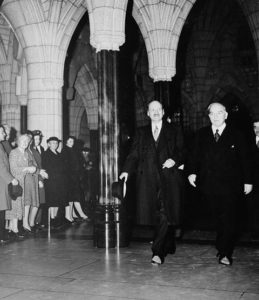
As for the public consultation, Kulba noted that it will be undertaken if it’s deemed by the integrated project team to be worthwhile. The thinking, she said, was that MPs would provide input from the constituents all along. But through what mechanism? This seems to be another major oversight by the project team – and the government by extension. Surely the National Capital Commission or Public Services and Procurement Canada could have come up with a thorough public-engagement process over the nearly 20 years of planning for the wider parliamentary precinct rehabilitation.
By the end of the testimony, MPs from the three major parties had all called for various forms of continued scrutiny and accountability, including having project team members appear before them twice a year to provide updates.
One hopes that an election year and the turnover of parliamentarians that inevitably comes with it won’t send interest in – and oversight of – Centre Block adrift. The risk is high, as veteran MPs and Senators retire, and memories fade of what it was like to move around those gorgeous halls.
Photo: The House of Commons Standing Committee on Procedure and House Affairs hears from members of the team overseeing the rehabilitation of Centre Block in Ottawa on Dec. 11, 2018. Photo by Jennifer Ditchburn.
Do you have something to say about the article you just read? Be part of the Policy Options discussion, and send in your own submission. Here is a link on how to do it. | Souhaitez-vous réagir à cet article ? Joignez-vous aux débats d’Options politiques et soumettez-nous votre texte en suivant ces directives.



